Note: This is a guest post written by Imtiaz Ali
Before you go out to buy a pair of headphones, you need to keep a few things in mind about each one in the market. You need to know exactly what to expect from each type so that you are not disappointed later down the line.
Before we begin, it is important to note that you should not worry about manufacturers’ specifications on frequency response (any number followed by “Hz”) for two reasons, 1- There is no universal test that will objectively yield an accurate headphone frequency response and 2- Even if it was an accurate figure, it wouldn’t matter as it does not affect the overall listening experience.
The iPhone has somewhat standardized headphones. Many current models include, right on the cable, a module with a microphone and remote control buttons. For the same reason, almost every headphone comes with a 3.5mm jack, which means they can be used on virtually every smartphone and music player out there. So you needn’t be concerned about compatibility.
Fit/comfort
We can wear our headphones for hours-on-end, so how well headphones fit one’s head, ears and even ear canals plays an important role in one’s long-term comfort and listening experience.
With that in mind, let’s look into individual headphone types, what they offer and which is used for what.
Types
Ear buds
These types are included with major modern smartphones. They sit in your outer ear, usually with a rubber or a foam edge for some grip. Although they don’t produce outstanding sound, they are compact and affordable. These are the kind that normally ship with most smartphones and music players.
Ideal usage: These are best used to help enhance the experience of using smartphones, you can wear them as you ride a bike or a cycle, or even when you go for a walk and they allow some external sound to leak in, which is good for safety. However, they don’t have strong grip, so they might slip out from rigorous movement.
In-Ear/Canal phones
These headphones use silicone or foam ear tips or plugs that fit very snugly in the ear canals. They are also capable of producing amazing audio quality. On the other hand, some people find canal-phones to be uncomfortable and intrusive. Also, while the best ones come with a big price tag, they adequately serve avid listeners without requiring them to carry too much. They are light and portable.
Ideal usage: They block most external noise; it works great for travel and noisy environments. You can even take them on a walk, and with an ear support attachment, they’re good for workouts as well. These are also popularly used by professional musicians during concerts.
Lightweight headphones
These headphones use larger drivers than ear buds and canal-phones. The earpieces rest against the outside of the ear. Some headphones have a thin headband that goes over or behind the head. These were very popular with Sony’s Walkman, one of the world’s first truly portable music players (back when audio cassettes were all the rage).
Ideal usage: Some models have a clip that slips over the ear independently of the other – these models are often ideal for exercising, and some even fold up in order to make carrying easier.
Full-size headphone
These are usually bulky, but all that bulk is worth it, because it packs quite a punch. As the name suggests, they fully cover/surround your ears. Many full-size headphones are very comfortable; thanks to padding and ergonomic designs which prevent the ear from being pressed down. When these models came out they had a problem adapting to all head sizes, but now most of them come with adjustable sliders. If, however, you break the slider, you might have a fairly loose headset that will not fit on your head.
Ideal usage: These are for music enthusiasts. Once you put these on, the only thing you do is listen to music. This comes in very handy during extended trips. Even though you can’t work out or interact with people, you will have an unparalleled and comfortable listening experience.
Noise-cancelling headphones
If you are not a fan of in-ear headphones, but want something to filter out external noise, you should consider investing in noise-cancelling headphones. These aren’t just headphones that block out sound with padding and insulation: they listen to the environment and then generate a signal that will cancel out any ambient noise. These are of course a breed unto themselves and are substantial investments, but they are worth it.
Ideal usage: Completely silent but bulky, they really shine in recording studios and they help commentators in live events. For the average user they cancel out unwanted noise from outside.
Wireless headphones
Keep in mind that wireless headphones do not offer any advantage over wired headphones in terms of sound quality, their advantage lies in portability. You can leave your audio source and listen to audio from a distance without being tangled in any wiring. There are three kinds of wireless headphones.
- Radio Frequency (RF) headphones
These offer the greatest listening range; you can travel farther with these than any other headphones while maintaining crystal clear sound quality. The one possible downside is that they are prone to interference and static which does tend to affect sound quality. - Headphones
Infrared works in such a way that a beam is emitted from a transmitter (usually a pulsating LED) and received at the other end. In headphones, this technology is not very popular because when the signal is interrupted, so is the connection. You would have to be more careful with these on than you would with a wired headphone. - Bluetooth headphones
These offers a little bit of everything, the portability of RF headphones, and the uninterrupted versatility of IR headphones. These are very popular as hands-free devices – for example, check out our Plantronics BackBeat GO 2 review.
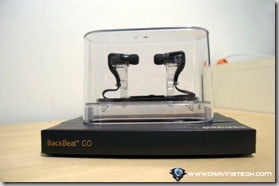
Conclusion
A good headphone requires a good balance of frequencies. If you prefer more bass, then crank it up digitally, but don’t get a headphone that caters exclusively to one range. Always test with a variety of music instead of a single type.
All of this information may be of some help to you after you understand what usage you intend to extract from your next headphones and then knowing which of the available headphones in the market will be of use to you. Reading about a particular style is not a substitute for actually giving a product a test run. In case a test trial is not possible, try to get information from web reviews. These may seem trivial but if you get headphones and they turn out to be disappointing, you will be stuck with a pair of headphones you cannot use, and in some situations might even damage your hearing.
Note:This guest post was written by Imtiaz Ali. He is the owner of TechBead.com and GamesHT.com, you can contact him through: contact@gamesht.com

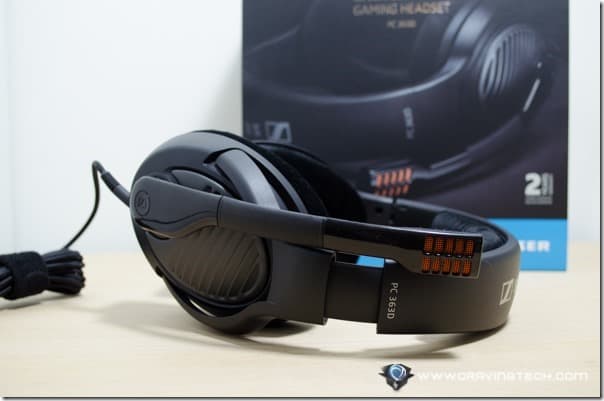
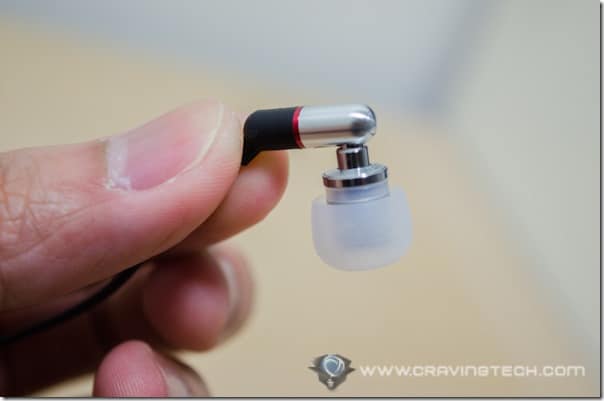
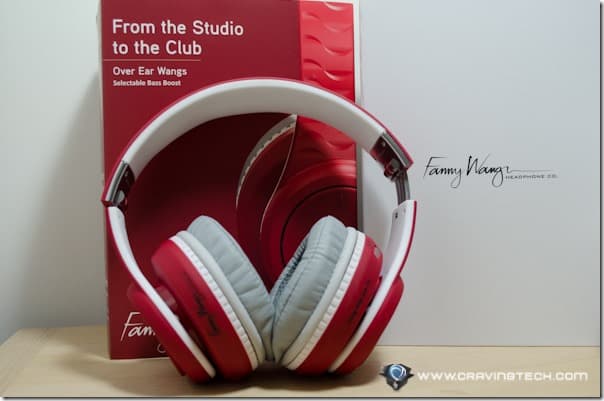

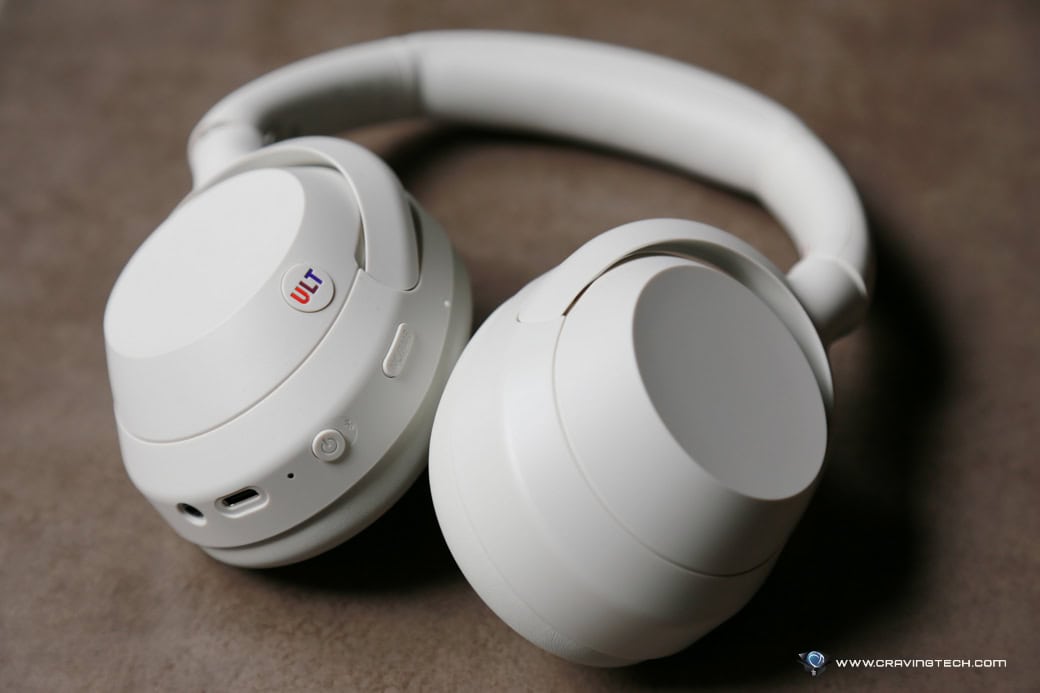
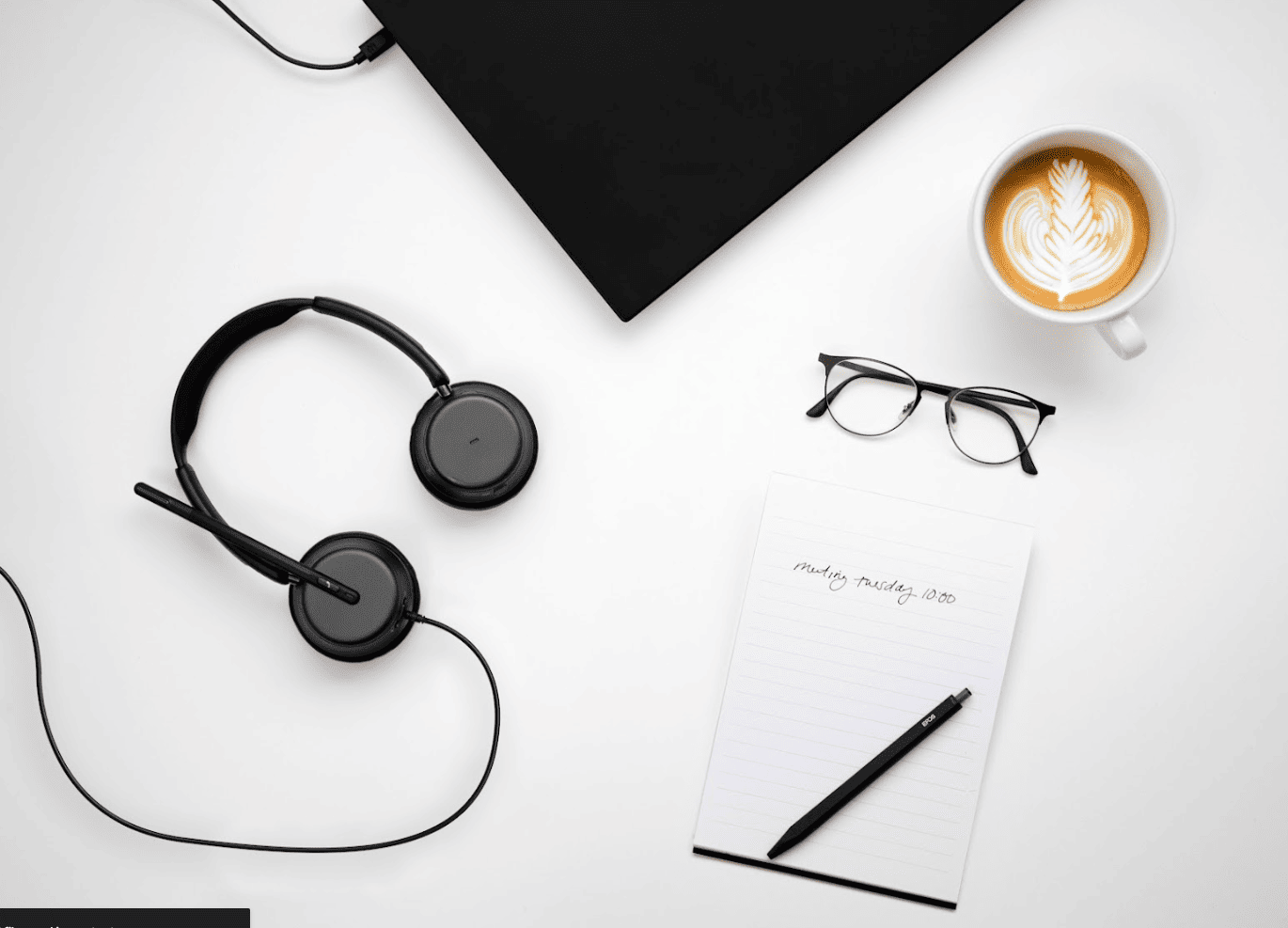

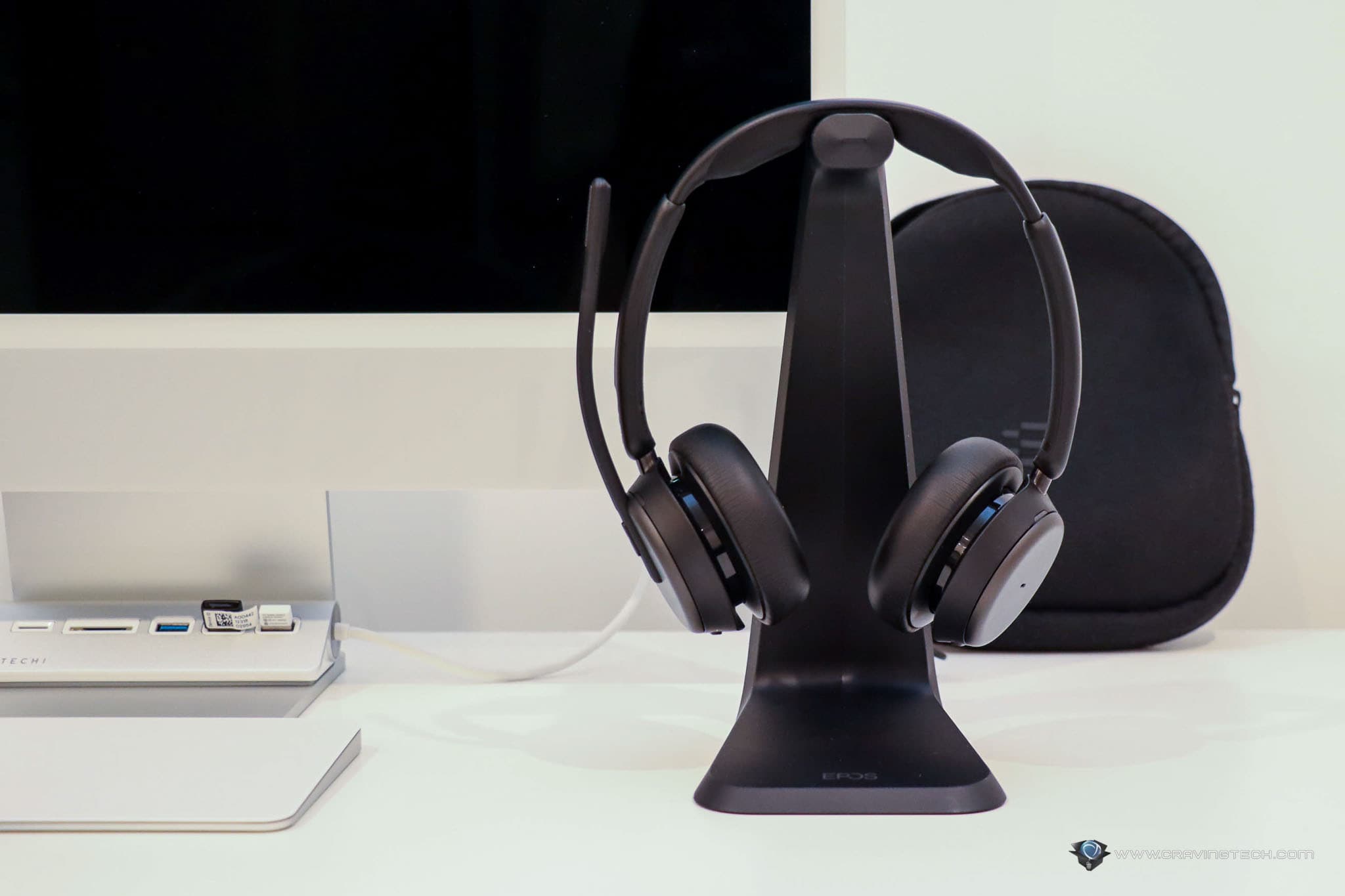

Comments are closed.